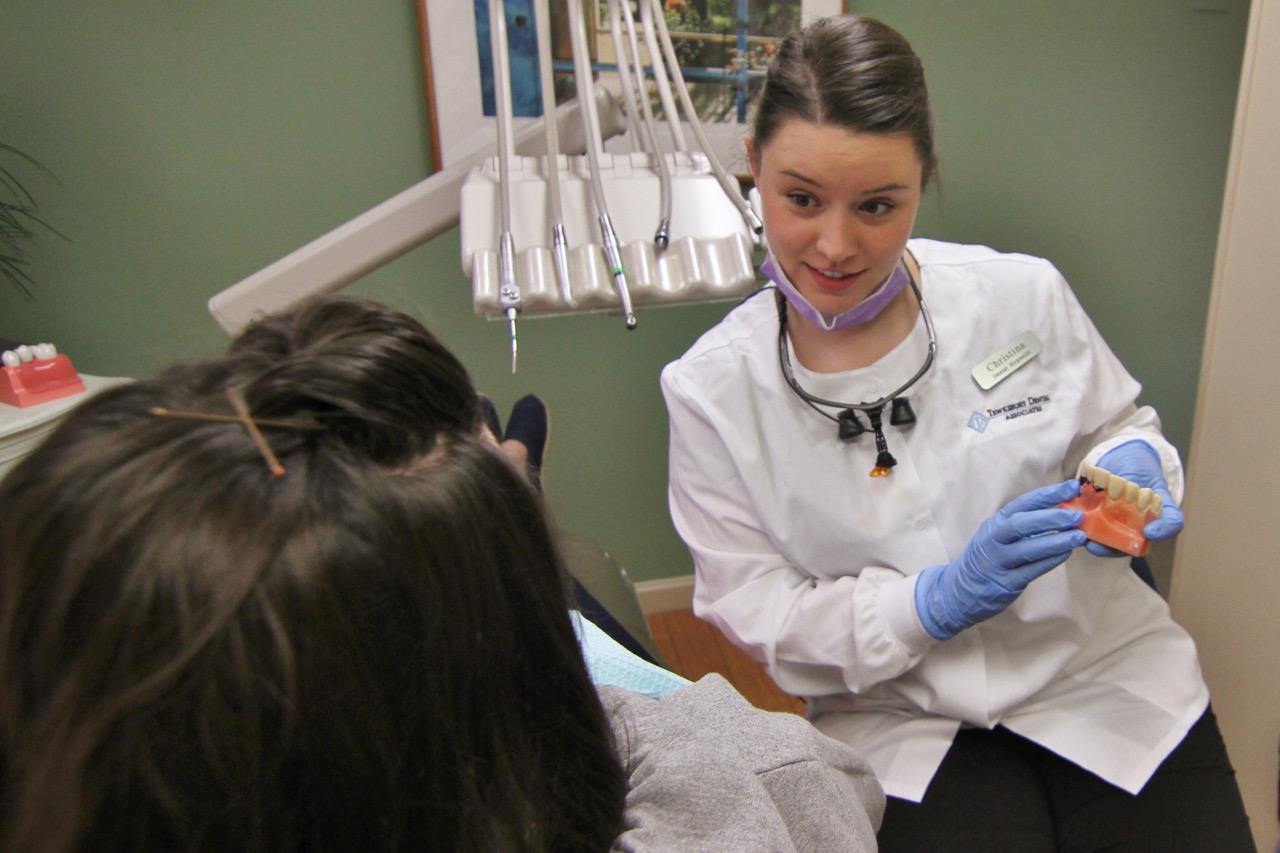
If you’ve ever let those appointments lapse for a time and then resumed them, you may have found that you required a couple of dental visits to get your mouth back to optimum health.
A dental appointment involves more than removing plaque and tartar and polishing your teeth. You need a comprehensive checkup periodically so the health of your teeth and gums can be properly evaluated. X-rays are taken to gauge bone health and determine whether cavities exist that should be addressed. So if it’s been a while since your last dental visit, you may not get your teeth cleaned during your first visit back.
Think of it like this: Let’s say you got in a fender bender and it’s taken you a couple of years to get your car to an auto body shop for repairs, so now in addition to a dent and some missing paint, a bit of rust has formed. Is the body shop only going to apply a fresh coat of paint? No. They will need to pull out the dent, smooth the metal and repair the rust before repainting the car.
The same goes for your teeth. You may have come in just wanting your teeth cleaned, but a complete examination could reveal the need to address more serious dental health issues first.
Hygiene care at Tewksbury Dental Associates is personalized for each patient because everyone has unique oral care needs.
Appointments for a dental exam and teeth cleaning typically take one hour when the patient maintains routine dental exams.
“If it has been three years since the last dental appointment, it might be unrealistic to think all necessary dental care could be completed in the same amount of time, says Tewksbury dentist Dr. Nitish Nahata.
Conditions that May Require More Frequent Dental Visits
Many patients only need their teeth cleaned twice a year. However, sometimes you can have the greatest home care regimen, maintain routine dental visits, and still need more frequent care. Plaque and tartar builds up faster for some people than others, and they can experience gum and bone complications as a result. More frequent cleanings can break up the bacteria that lead to plaque and tartar accumulation.
Patients who have crowded, crooked teeth also may need more frequent cleanings. We often recommend that patients who have braces get their teeth cleaned more than twice annually because orthodontic appliances provide more areas where bacteria can accumulate, and plaque and tartar can form.
Pregnant women should consult their dentist about frequency of dental visits because hormonal changes during pregnancy can lead to an increased risk for periodontal disease and for tender gums that bleed easily.
Not All Cleanings Are Created Equal
It’s also important to note that different patients require different types of cleanings.
Patients who are in good oral health can have traditional cleanings that include plaque and tartar removal, flossing and polishing.
Patients with receding gums and larger pockets between their teeth and gums where bacteria can form often require deep cleaning. These appointments take longer than routine teeth cleaning appointments because more of the tooth is exposed, and oftentimes, the hygienist must clean more beneath the gums. In fact, deep cleaning procedures often require at least two dental visits.
Also called scaling and root planing, deep cleaning involves removing plaque and tartar from the surface of the teeth and from the pocket area between the teeth and gums, according to the National Institute of Dental and Craniofacial Research. Then the dental hygienist uses an instrument to remove plaque and tartar from the surface of teeth roots.
Regular dental checkups make it possible for us to monitor your oral health and recommend treatments that will keep your mouth healthy.
Has it been a while since you visited the dentist? Call today for an appointment. We will help you get on the road to good oral health.






